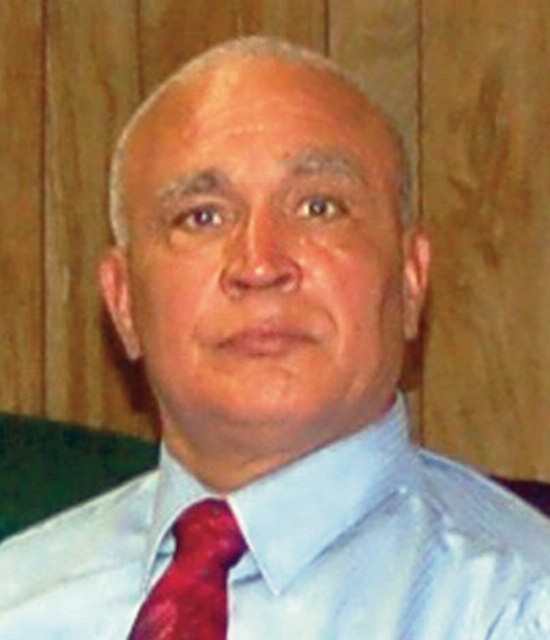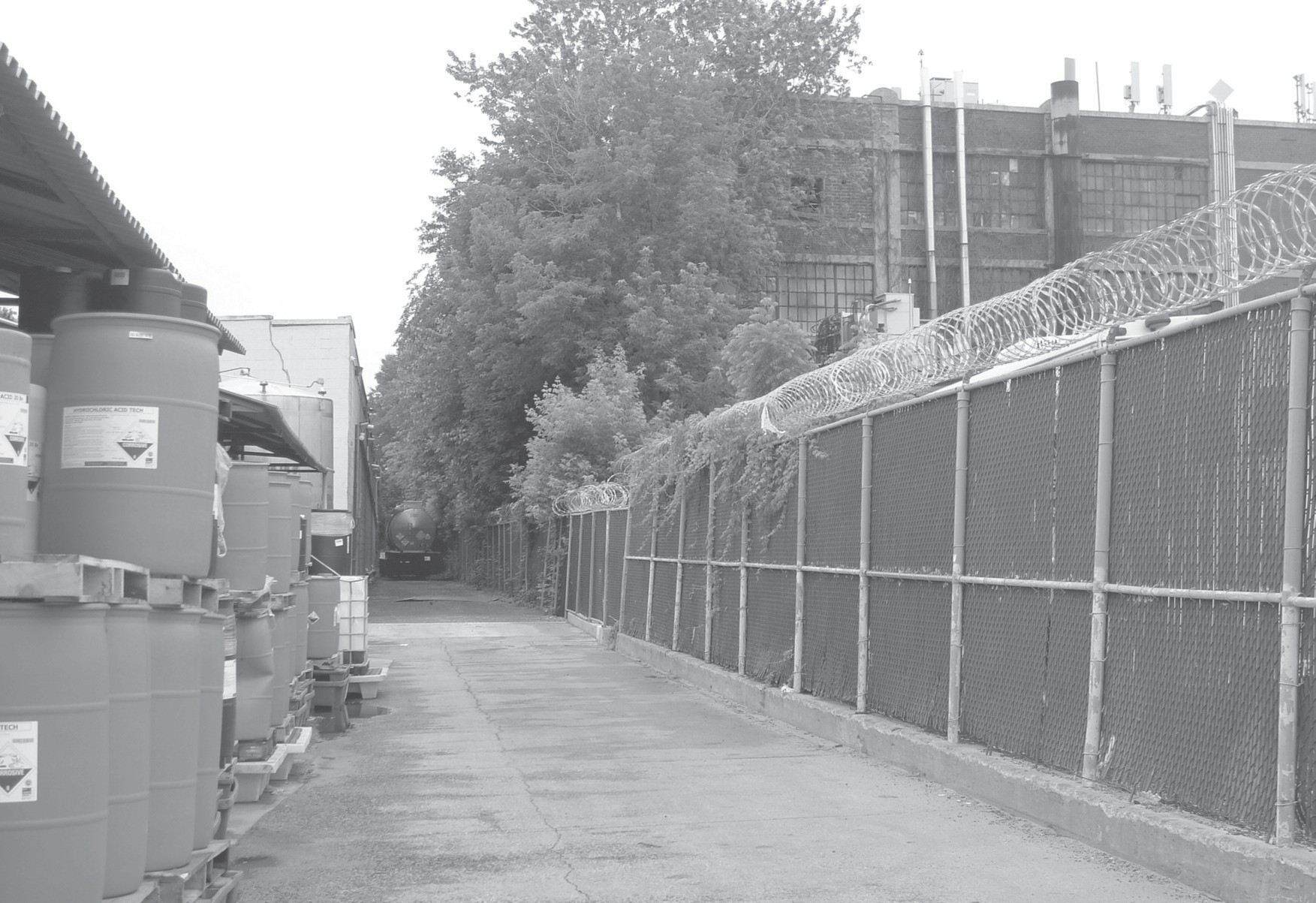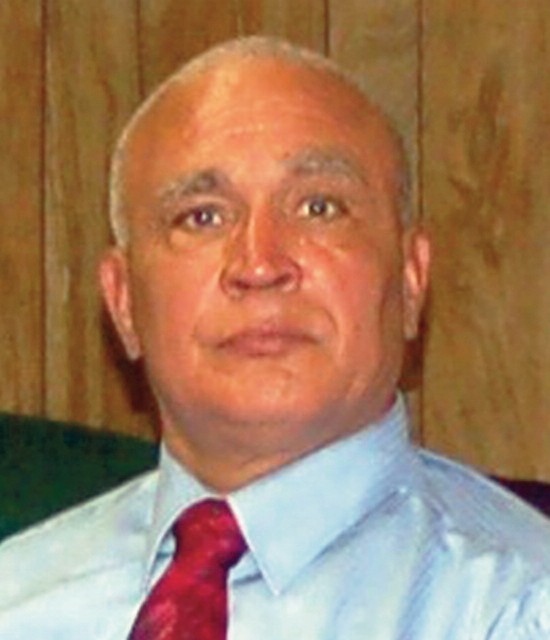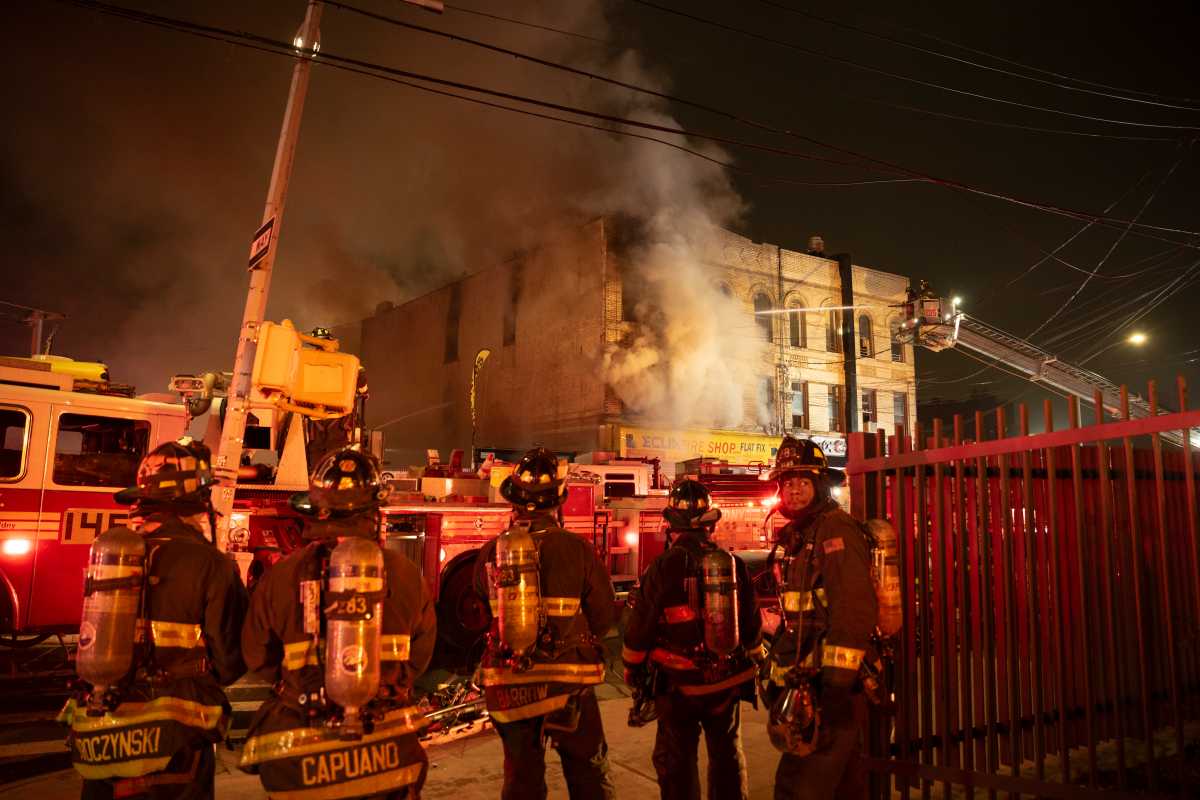Dispute Results Of Glendale Shelter Study
The Department of Homeless Services (DHS) is moving forward with approving a proposed transitional housing shelter at a long-vacant Glendale factory after an environmental study indicated the location is suitable for such a facility.

The Times Newsweekly learned last Thursday, July 3, the DHS informed Community Board 5 and local lawmakers of its decision to “proceed with the next stage of the contract negotiations” with the nonprofit Samaritan Village for developing a shelter accommodating up to 125 homeless families with children at 78-16 Cooper Ave.
The decision came attached to a 47-page independent environmental assessment study (EAS) of the site, which seemed to dismiss a key argument opponents of the proposal made: that the location-used for decades for industrial purposes and close to sites containing, or contaminated by toxic chemicals- may be heavily contaminated and require extensive remediation.
Conducted by the private firm AECOM USA Inc., the report found that contaminants in soil sample results taken from the location were not found to be above state environmental standards and that “no additional remedial investigation or actions are recommended at the project site.”

Soil borings were taken from various points on the 78-16 Cooper Ave. property last October “to evaluate any potential subsurface contamination,” including the property’s boundary with Independent Chemical. Groundwater samples were also retrieved and tested.
Board 5 has until tomorrow, Friday, July 11, to submit its response to the environmental report. Chairperson Vincent Arcuri and District Manager Gary Giordano withheld their comments when contacted by the Times Newsweekly, as they were continuing to review the report and draft the formal response.
City Council Member Elizabeth Crowley, however, wasted little time in slamming the report last Thursday, claiming it contradicted the School Construction Authority’s (SCA) conclusion-following its own review-that the location was not suitable for new school development.
“Several years ago-before talks of any DHS proposal-the School Construction Authority denied my request to convert 78-16 Cooper Ave. into a high school,” Crowley said in a statement. “School District 24 is the most overcrowded district in the entire city, and our community continues to suffer from the lack of additional classrooms. My question now is simple: If the city did not find this site suitable for a school, how can it be suitable for a shelter that will house families year round?”
Assemblyman Mike Miller, while expressing his continued reservations of the site’s safety, suggested in a somewhat tongue-in-cheek manner that the city should reconsider building a public school on the site rather than a shelter.
“If the study came back clear, I think it’s a great location for a school,” he told the Times Newsweekly in a phone interview on Monday, July 7. “Our district is overcrowded as it is. I know the School Construction Authority budgeted for three new schools in District 24, and that would be an excellent location-especially now that the property has been [environmentally] cleared.”
State Sen. Joseph Addabbo also called the DHS’ environmental report’s accuracy into question, adding that “if anything, the property would have gotten worse, not better, over time.”
“I’m disappointed because just looking at the property and knowing what it’s in proximity to, I still contend it’s not the best place for a shelter that size,” Addabbo said, referring to the nearby Independent Chemical Company on 79th Place and the former Kliegman Brothers warehouse on 76th Street, presently undergoing an environmental cleanup.
The senator further suggested he would support developing a school on the site, provided it is safe for such a project. Addabbo also left open the possibility of allowing the SCA to acquire the former factory from its current owner, Michael Wilner, via eminent domain; the lawmaker, however, wasn’t certain if the situation fits the criteria for public acquisition.
“I am disappointed but not surprised by the conclusions in the EAS that was released last week,” added Assemblyman Andrew Hevesi in a statement to this paper Monday. “I still believe this site is not appropriate to serve the intended population as the city of new york contends. None of last week’s developments change that fact.”
‘Mind-boggling’ results
Two local civic leaders similarly criticized the report’s findings in phone interviews with the Times Newsweekly Monday.
Robert Holden, president of the Juniper Park Civic Association, condemned the study’s results as “very incomplete” and found it “mind-boggling” that the city would permit a homeless shelter near Independent Chemical, which houses and distributes an array of noxious and potentially harmful substances such as hydrochloric acid.
“You’re putting between 300 and 400 kids in harm’s way next to a chemical plant. What would you think could be the worst possible business next to a home for kids?” Holden said. “I just can’t believe the city would actually go ahead with this, much less explore it in the first place.”
The civic group is banding with others to retain an environmental attorney for potential legal action against the city, Holden added. He also noted the group reached out to both City Comptroller Scott Stringer and State Comptroller Thomas DiNapoli to investigate the DHS and the site selection process.
Stringer, as the city’s chief finance officer, has the authority to approve or reject DHS’ contract with Samaritan Village.
Kathy Masi, who leads the Glendale Civic Association, charged the EAS was “completely full of inaccuracies” and seemed to rely on outdated data. As examples, she pointed to references to local public schools such as P.S./I.S. 87 in Middle Village, P.S./I.S. 113 and P.S./I.S. 119 in Glendale that did not note each of the schools added grades in recent years.
Masi also charged the study underreported the number of 24-hour employees required to be on site at all times, the location’s proximity to public transportation and a potential impact on traffic.
“It looks to me like AECOM is just a henchman company for DHS and Samaritan Village,” she told this paper. As for the environmental state of the location, Masi claimed “obviously, if they’re lying about” other aspects of the site, “I would think they would go to greater lengths to cover up something” such as contamination.
“It’s in the middle of a Brownfield,” she said. “Did the chemicals stop? Is there a wall underground that we don’t know about?”
Dawn Scala, a Glendale resident active in opposing the proposal, stated she found much of the report to be “grossly misleading.” She took issue with the conclusion that interior renovations would be limited, as the factory is known to be in disrepair.
Scala also pointed out the firm classified nearby cemeteries as “open spaces for public recreation,” and that copies of a “Phase 1 environmental assessment” supposedly conducted last September were never provided to Board 5 or anyone else in the area.
“It’s totally inadequate,” Scala said of the AECOM study. “The community board should demand an independent environmental study. The fact that they (DHS) only provided the study on July 3, on a holiday weekend, and say they need a listing of concerns by July 11 is not enough time for people to really digest it and get expert opinions on it.”
Inside the report
Last August, Samaritan Village submitted its plan for the Glendale site to the DHS in response to the agency’s open-ended request for homeless shelter proposals. Under state and city law, the agency is obligated to offer short-term emergency shelter to the city’s homeless population, which numbers at more than 50,000.
In December, the agency offered preliminary approval for the nonprofit to operate the Glendale shelter at an estimated operational cost of $27 million over five years. Residents will receive various services both on- and off-site in an effort to help them find permanent homes elsewhere.
Along with environmental concerns about the property, opponents in Glendale and Middle Village cited other reasons in their opposition to the plan, including adding further strain to public schools and infrastructure and a lack of public transportation.
The EAS report projects that up to 160 homeless students living at the shelter would be assigned to local public schools, resulting in 1.6 and 1.5 percent average increases in elementary and middle/high school populations, respectively.
Regarding transportation, the report concludes that it is expected shelter residents would rely upon public transportation, rather than cars, to get around, resulting in no additional automobile trips on local streets.
Three bus lines-the Q29, Q47 and Q54-run at the corner of Cooper Avenue and 80th Street, three blocks east of the shelter site; the Metropolitan Avenue M train station, located a mile away, is the nearest subway station.
Thus, the report concluded, “the surrounding area is well served by public transit” and “it is expected that families referred to the facility would … either walk or use public transit.”
Suspected asbestos-containing materials were found in the building, but upon further testing, “none of the sample analyzed during the survey were shown to have a level of asbestos fibers greater than 1 percent, which is the threshold in New York City for further study,” according to the report.


































